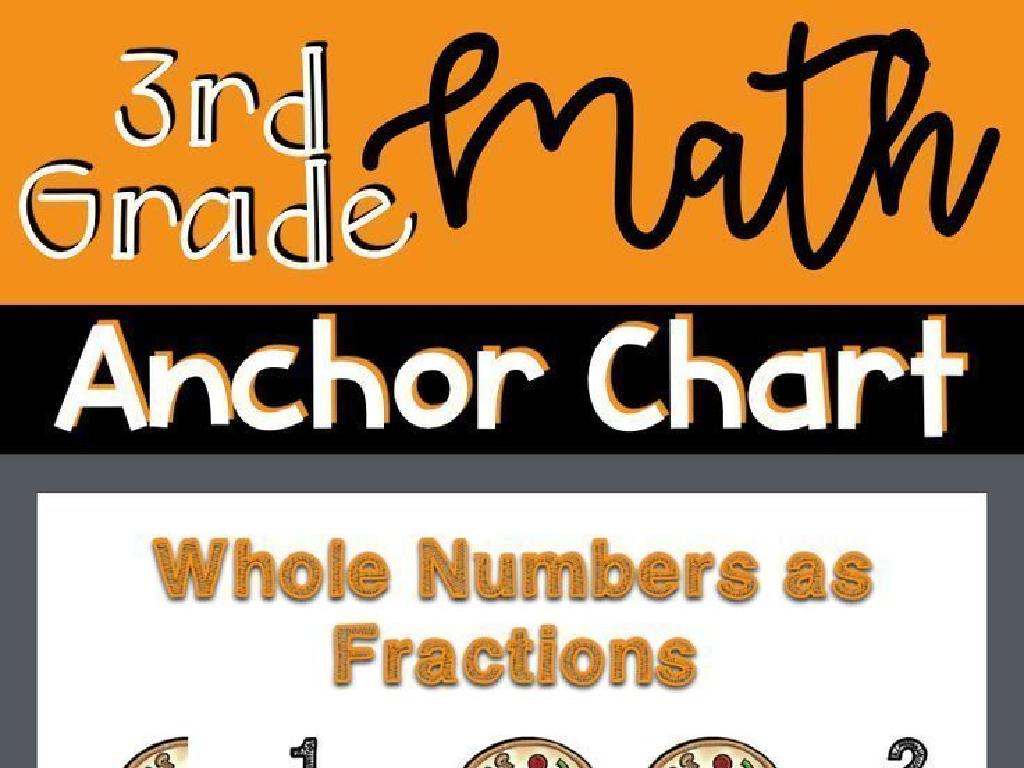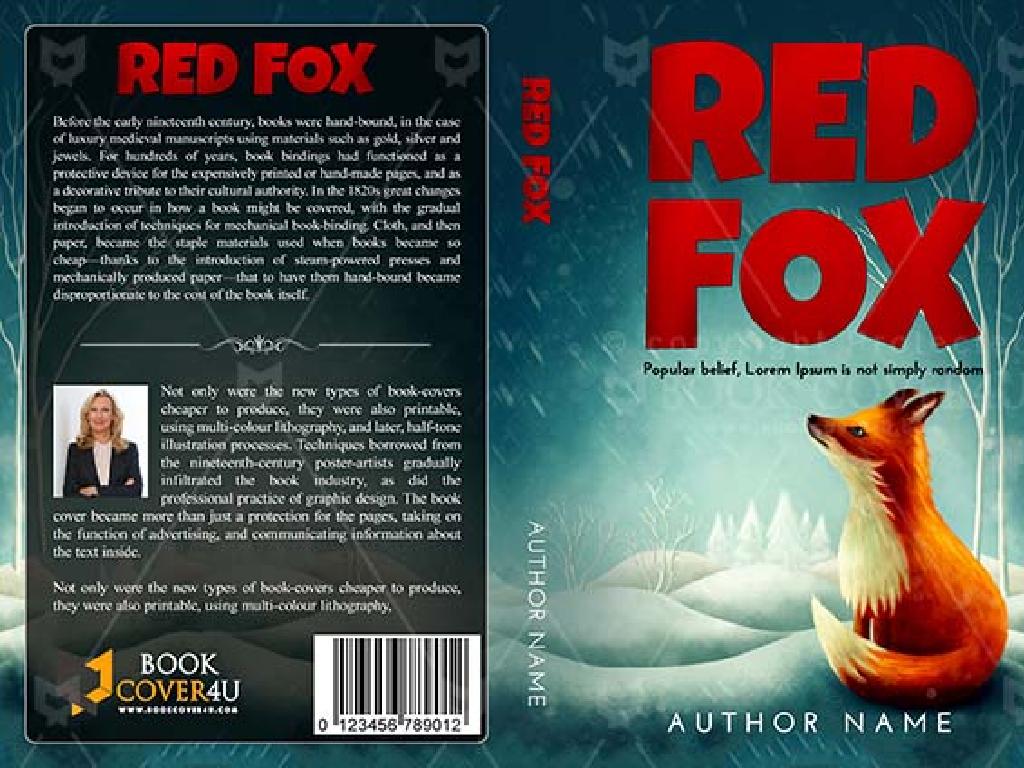Sort Shapes Into A Venn Diagram
Subject: Math
Grade: Kindergarten
Topic: Classifying And Sorting
Please LOG IN to download the presentation. Access is available to registered users only.
View More Content
Sorting Shapes with Venn Diagrams
– Welcome to our shape adventure!
– Sorting shapes into groups
– We’ll group shapes by color, size, or type
– Discovering similarities and differences
– Sorting shows us which shapes share properties
– Using Venn diagrams for sorting
– Venn diagrams have circles that overlap for shared traits
|
Today’s class is an exciting introduction to sorting shapes, which is a fundamental math skill for kindergarteners. Start by welcoming the students and explaining that they will be playing with different shapes. Teach them how to sort shapes into groups based on various attributes like color, size, or type. Explain that sorting helps us understand what characteristics are the same and what are different among the shapes. Introduce Venn diagrams as a tool to sort shapes with shared characteristics. Use simple, colorful shapes and clear diagrams to ensure understanding. Encourage participation and make the activity interactive by allowing students to physically place shapes into the Venn diagram categories.
Meet the Shapes: Sorting Fun!
– Explore different shapes
– Name the shapes together
– Can you find a circle, square, or triangle?
– Shapes vary in size
– A big triangle and a small triangle are both called triangles
– Same name, different sizes
|
This slide introduces the concept of shapes to Kindergarten students, emphasizing that while shapes can come in different sizes, their names remain the same. Begin by showing various shapes and asking students to name them, reinforcing their understanding of shape names. Highlight that size doesn’t change what we call a shape; a small circle and a large circle are both circles. This sets the foundation for learning how to sort shapes into a Venn diagram based on their properties. For the activity, provide a mix of shapes in different sizes and have students sort them into groups. Encourage them to discuss their sorting choices with classmates.
Sorting Shapes with Venn Diagrams
– What is a Venn Diagram?
– It’s made of circles that show different groups.
– Sorting shapes by common features
– Find what’s the same about different shapes.
– Overlapping circles show shared traits
– Shapes with common features go in the overlapping area.
– Practice sorting shapes together
|
Introduce the concept of a Venn Diagram to the students as a tool for sorting objects based on their attributes. Explain that each circle represents a group with a certain feature. When two groups have something in common, their circles overlap. Use simple shapes to demonstrate how to sort them into the Venn Diagram based on shared characteristics, such as color or number of sides. For the class activity, provide various cut-out shapes and a large Venn Diagram mat. Guide the students to place the shapes in the correct areas on the Venn Diagram. Possible activities include sorting by shape type (circles, squares), color, or size. Encourage students to explain their sorting choices to develop their verbal reasoning skills.
Sorting Shapes with Venn Diagrams
– Sort shapes by color and size
– Find all the small blue squares and big red circles
– Using a Venn Diagram
– Two overlapping circles to sort shapes
– Teacher demonstrates sorting
– Watch as I place each shape in the correct circle
– Students observe carefully
|
This slide is designed to introduce Kindergarten students to the concept of sorting using Venn Diagrams. Begin by explaining that we can sort objects by different features, such as color and size. Introduce the Venn Diagram as a tool for sorting, with two overlapping circles allowing us to sort shapes that have one feature, the other, or both. Demonstrate by sorting a set of shapes into the Venn Diagram, explaining your thought process out loud. Encourage students to pay attention to where each shape is placed and why. After the demonstration, students can practice sorting shapes on their own or in small groups, with the teacher providing guidance and support.
Your Turn to Sort Shapes!
– Time to sort shapes by yourself
– Consider common features of shapes
– Do the shapes have the same number of sides?
– Overlapping areas show shared traits
– Shapes in the middle share two common features
– Have fun discovering connections
|
This slide is an interactive activity for the students to engage in sorting shapes into a Venn diagram. Encourage the children to think about the properties that each shape has, such as the number of sides or corners, and use those characteristics to determine where they belong on the Venn diagram. The overlapping section of the Venn diagram is for shapes that share two common features. For example, a square and a rectangle can go in the overlapping area if one circle is for shapes with four sides and another for shapes with right angles. Provide a variety of shapes for the students to sort and allow them to explore and discuss their reasoning with classmates. This hands-on activity will help reinforce their understanding of classifying and sorting shapes based on their attributes.
Class Activity: Shape Sorting Game
– Play a game with Venn Diagrams
– Sort shapes by color, size, or type
– For example, sort blue circles and red squares
– Work together in groups
– Teamwork makes it fun and easier!
– Find the right spot for each shape
– Is it big or small? Blue or red? Circle or square?
|
This interactive class activity is designed to help Kindergarten students understand the concept of sorting and classifying using Venn Diagrams. Provide each group with a variety of shapes in different colors, sizes, and types. Encourage them to discuss among themselves where each shape should go on the Venn Diagram based on the sorting criteria you give them. This could be sorting by color (blue vs. red), size (big vs. small), or type (circle vs. square). As they work, circulate around the room to guide and assist them. Possible variations of the activity could include using different shapes, adding more categories, or even having the children create their own sorting rules for added challenge.
Sorting Shapes Review
– Great job sorting shapes!
– Sorting by similarities & differences
– Like sorting toys by color or size
– Venn Diagrams show comparisons
– Two circles that show what’s the same and what’s different
– Sorting is fun and helpful
|
Today’s lesson was focused on sorting shapes, a fundamental skill in organizing and classifying objects. Sorting is a key concept that helps children understand categorization by identifying similarities and differences among items. We used Venn Diagrams as a visual tool to make this process interactive and engaging, showing the relationships between different groups of shapes. The children did an excellent job, and it’s important to reinforce their understanding by acknowledging their efforts. Encourage them to practice sorting things at home, like their toys or snacks, to further develop their classification skills. In the next class, we can revisit the Venn Diagrams to sort more complex shapes or introduce new categories.
Great Sorting with Venn Diagrams!
– Fantastic job learning Venn Diagrams
– More sorting adventures await
– Time to celebrate our hard work
– Clap for yourselves, super sorters!
|
This slide is meant to wrap up the lesson on sorting shapes using Venn Diagrams. It’s important to praise the students for their effort and participation to reinforce their learning and boost their confidence. Let them know that their journey with sorting and classifying is just beginning, and there’s much more to explore. Encourage a moment of celebration to end the lesson on a positive note, fostering a love for learning. The teacher can lead the class in a round of applause, making the students feel proud of their accomplishments.






